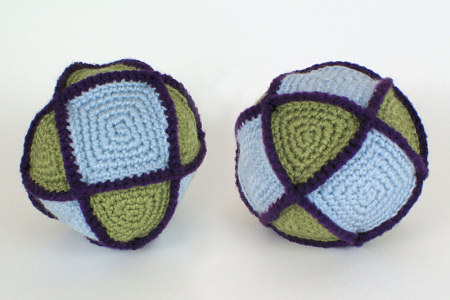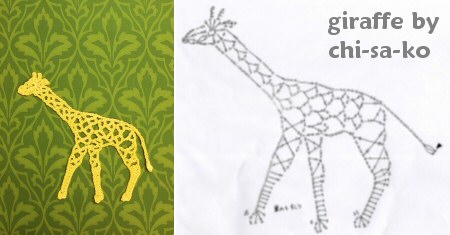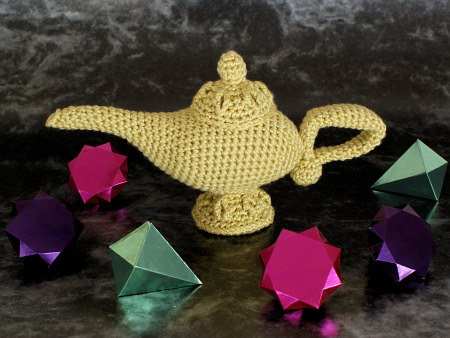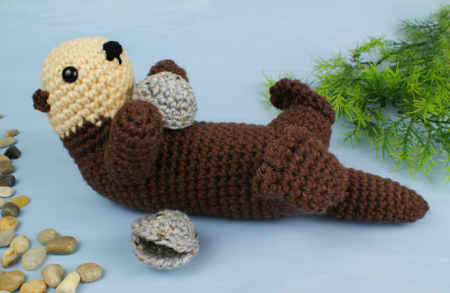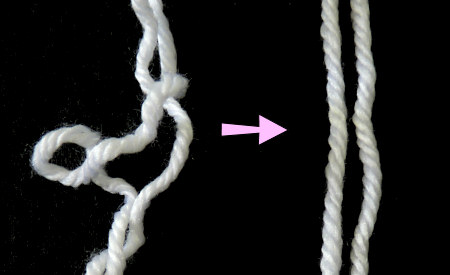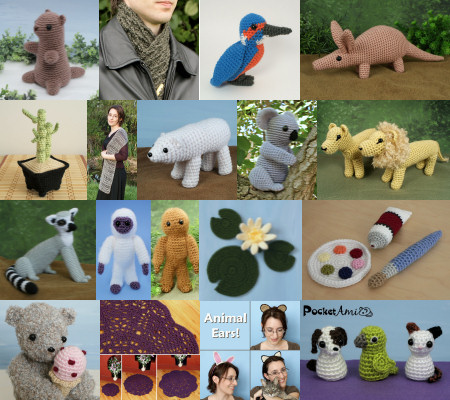
The Forgotten Gems CAL featured an eclectic mix of some of my more neglected designs: With no fast (or free) patterns on offer, I knew there’d be fewer entries than usual, but we’re definitely looking at quality, not quantity this month – looking at the photos below makes me a very proud designer! And it’s […]

